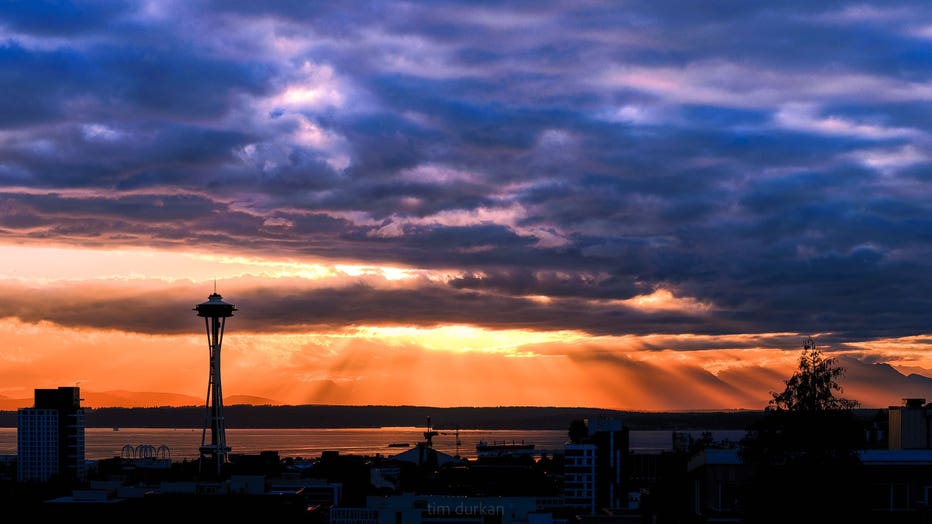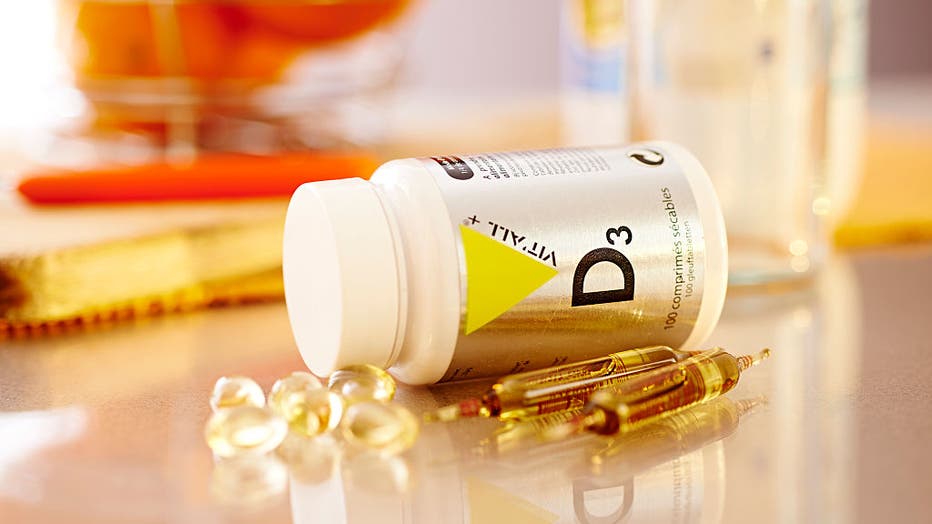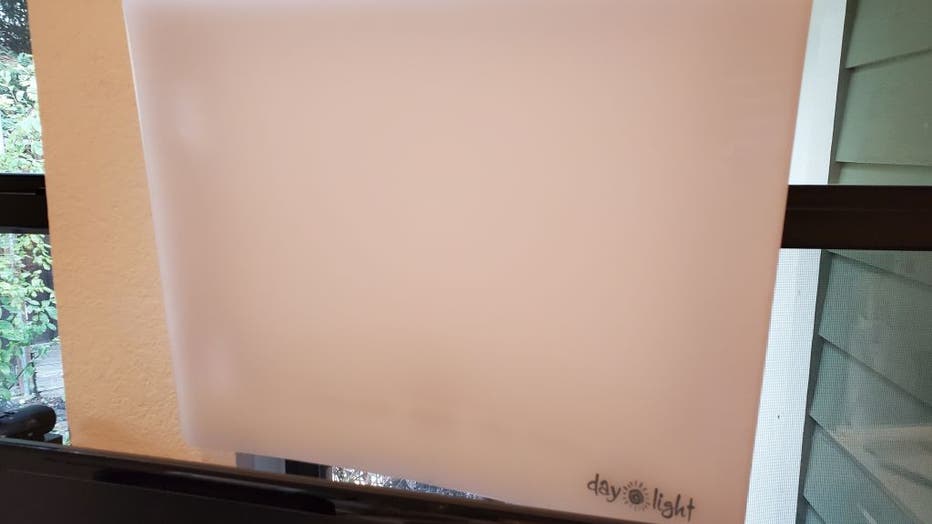How to beat 'The Big SAD’; Seasonal Affective Disorder in Western Washington
SEATTLE - Daylight saving time is coming to an end and ‘The Big Dark’ is imminent. Consequently, many living in areas around the Puget Sound know that the combination of rain, battleship gray skies and lack of daylight means ‘The Big SAD’ could set in. FOX 13 spoke to a clinical psychologist to learn how to cope with Seasonal Affective Disorder (SAD).
Seattle has one of the most extreme dark seasons in the country, and Axios reports that the Emerald City is losing light faster than others in the United States – about 6 minutes of sunlight lost per day. That means plenty of people around Seattle will be waking up in the dark, going home in the dark, and the rest of the day will be overcast and rainy.
'THE BIG DARK'

(Photo: Tim Durkan Photography)
According to timeanddate.com, last Wednesday was the last 6:00 p.m. sunset Seattle will see until March 5, 2023. By Nov. 6, the sun will set at 4:44 p.m.
The Northwest will see its shortest day on the winter solstice—an 8.5-hour day on Dec. 21 where the sun sets at 4:20 p.m.
MORE: 'The Big Dark'; Wednesday marks last 6 p.m. Seattle sunset until March
SEASONAL AFFECTIVE DISORDER (SAD)

Locally, we sometimes joke about seasonal depression, but this really can have a tremendous impact on people. FOX 13 brought in Dr. Kira Mauseth, a clinical psychologist at Seattle University, to talk about ways to combat SAD.
WHAT IS IT, AND HOW DO YOU KNOW IF YOU HAVE IT?
"Seasonal Affective Disorder is really characterized by a fairly significant and more long-lasting change in mood," said Dr. Mauseth. "Typically, it comes with some lethargy, a little bit of a sense of malaise – not really being interested in doing things. It’s something that really affects your ability to participate in your day-to-day activities in a way that is more than just inconvenient. We all have bad days, but this is something that tends to affect people on a deeper level."
WHAT ARE THE SIGNS TO LOOK OUT FOR?
- Noticing changes in activity.
- Finding yourself more tired than normal.
- Becoming uninterested in participating in activities.
- Being down or having a sense of hopelessness.
"It is characteristic of major depressive disorder, but it’s not caused by the same thing," said Dr. Mauseth. "We have strong reactions to the hours of daylight we are able to access at this time of the year, as well as some of our coping activities that might not be available when it starts getting dark so early. And then it starts raining, we might not be able to go outside and enjoy some of those things as much."
WILL VITAMIN D HELP?

Vitamin D3 supplements (cholecalciferol). (Photo by: BSIP/Universal Images Group via Getty Images)
"It depends on the person," said Dr. Mauseth. "You can get your vitamin D level tested at a primary care visit. It is something that is recommended for a lot of people. Depending on what the result of that is, you might need to consider a vitamin D supplement."
Dr. Mauseth also says that this does not mean everyone in the Puget Sound region should rush out to the store, buy vitamin D supplements and start taking them immediately. She recommends you get those levels checked by a doctor beforehand.
DOES LIGHT THERAPY HELP?

A light therapy device, often used in treatment of Seasonal Affective Disorder, is visible on a desk, Lafayette, California, November 14, 2021. (Photo by Smith Collection/Gado/Getty Images)
"In terms of light therapy, be aware of scamming," said Dr. Mauseth. "There is the opportunity to go online and hit ‘add to cart’, and buy something for $3 to $5 that says it will treat seasonal depression. In fact, the type of light that some of those devices generate is not actually effective in the same way that exposure to the actual sun will be."
Dr. Mauseth goes on to say that the type of light bulb that mimics natural sunlight is typically expensive. There are a lot of scams and a lot of products designed to address this, but they are not going to do so effectively.
Dr. Maueth's recommendation: Do some research before you hit ‘add to cart’.
HOW MANY PEOPLE ARE IMPACTED BY SAD?
Dr. Mauseth says in terms of rates of depression, roughly 6-8% of Washington state's total population is impacted by SAD.
"Especially for teenagers and adolescents, as well as adults, heading into the months of October and November we do tend to see spikes in depressive symptoms."
WHAT TO DO IF YOU ARE CONCERNED
"If you are concerned about it, I would strongly recommend going and getting some assessment – talking to your primary care doctor about determining whether or not you would meet the clinical diagnostic criteria," said Dr. Mauseth.
WEATHER: Mainly dry for start of weekend, wind and rain back on Sunday

